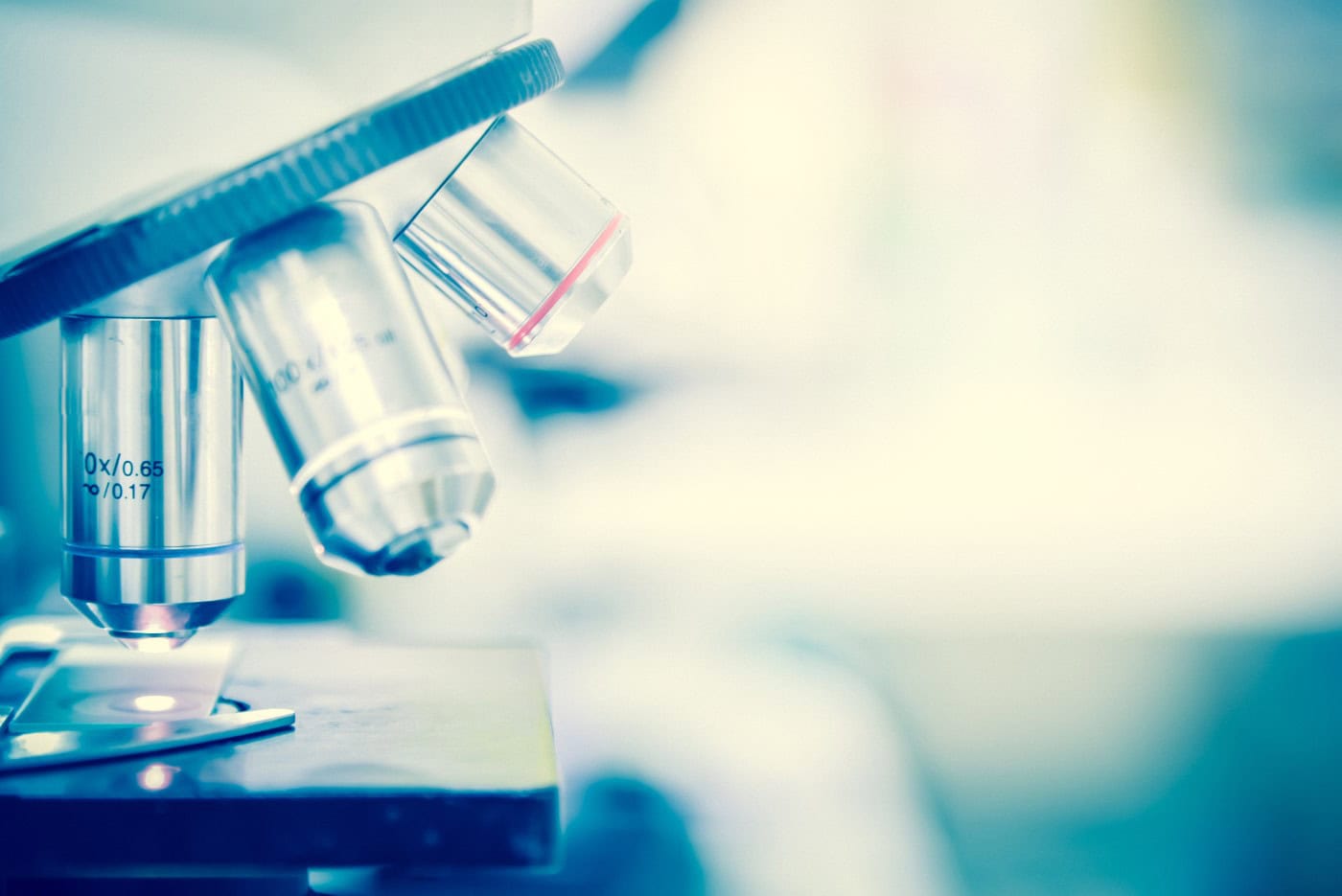
Exciting research by University of Sussex helps to diagnose brain tumours (glioblastomas)
More than 11,000 people are diagnosed with a primary brain tumour in the UK each year.
The University of Sussex has unveiled some exciting research – a blood test that can help to identify a glioblastoma, which is a type of brain tumour.
What is a glioblastoma?
A glioblastoma is a cancerous/malignant, high grade type of tumour (Grade 4). It is also known as ‘glioblastoma multiforme’ or ‘GBM’.
These tumours are the most common type of primary malignant brain tumour found in adults. They are fast growing, can spread very quickly and sadly, the average survival time for someone with a glioblastoma is not very long.
Even if they are treated, these tumours can still recur. Therefore it’s really important to try and diagnose these as early as possible so that treatment can be considered swiftly.
You may have recently heard about the singer from The Wanted, Tom Parker, who was diagnosed with a stage 4 glioblastoma in October 2020. He has undergone chemotherapy and radiotherapy treatment for this in Spain, and it is currently understood that the tumour is under control.
How are glioblastomas currently diagnosed?
Following a referral from a medical professional, a glioblastoma is usually diagnosed with a MRI or CT scan. The scan will help to identify how large the tumour is and where its positioning is within the brain. Glioblastomas can also be diagnosed via a tissue biopsy (which involves taking a small sample using a needle and examination under a microscope).
Once the tumour has been diagnosed, a medical professional (usually a neurosurgeon) will consider and advise upon the options for treatment. They will consider whether surgery is the best choice of treatment with the aim to remove as much of the tumour as possible, although surgery can be difficult as they have to be careful not to damage the brain itself. The medical professional can also consider whether other treatments such as radiotherapy and chemotherapy may be suitable to try and control further growth of the tumour.
What have the researchers found?
Professor Georgios Giamas and his team at the University of Sussex in collaboration with Mr Giles Critchley, Consultant Neurosurgeon and Spinal Surgeon at University Hospitals Sussex, have identified specific biomarkers (a biological measure) in blood samples which can help to diagnose a glioblastoma.
The biomarkers were initially identified by Professor Giamas’ team back in 2019, but the research has moved on since then as they have recently proved that blood sampling can actually identify the biomarkers in the blood. This means that a glioblastoma could be diagnosed with something as simple as a blood test, similar to other conditions such as diabetes and infections for example.
The Professor and his team are now planning to conduct further research by analysing a larger number of patients’ blood samples where a glioblastoma has already been diagnosed and their research will continue from there.
Why is this research so important?
This is a significant breakthrough in the field of brain tumours. The diagnosis of a glioblastoma is usually achieved first through a careful investigation of the person’s symptoms, and then a MRI/CT scan and possibly a biopsy. However as the symptoms could be mistaken for other conditions, the tumour could be misdiagnosed, meaning that the timeline to a correct diagnosis could take even longer, taking up valuable time when the tumour could be rapidly growing.
The lengthy process can limit the available opportunities for certain types of treatment such as surgery, especially as these tumour are notoriously difficult to treat.
Once the biomarker blood test has been fully developed, it could mean that glioblastomas are diagnosed more quickly and less invasively than current methods of diagnosis, helping the medical professionals to consider suitable treatment and act more quickly than they otherwise would have been able to.
A blood test could be organised early on in the investigation process and of course, it is relatively inexpensive. The other investigations such as CT/MRI scans will still be needed, but they could be organised after the results of the blood test, making the timeline to diagnosis much quicker.
We are really excited by this research and will be following the further developments into these biomarkers with interest. Watch this space!










